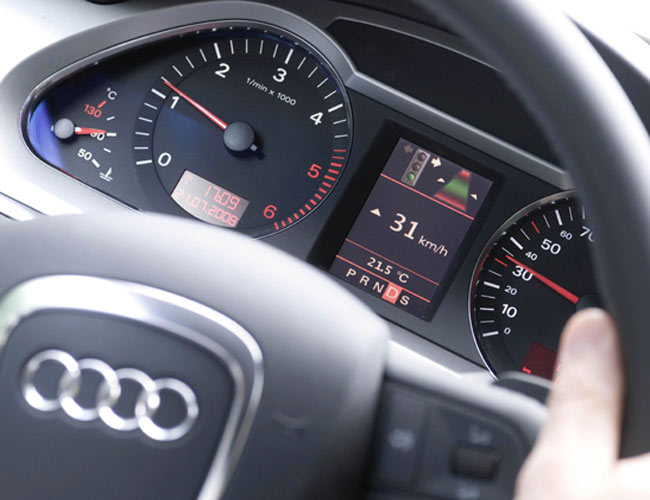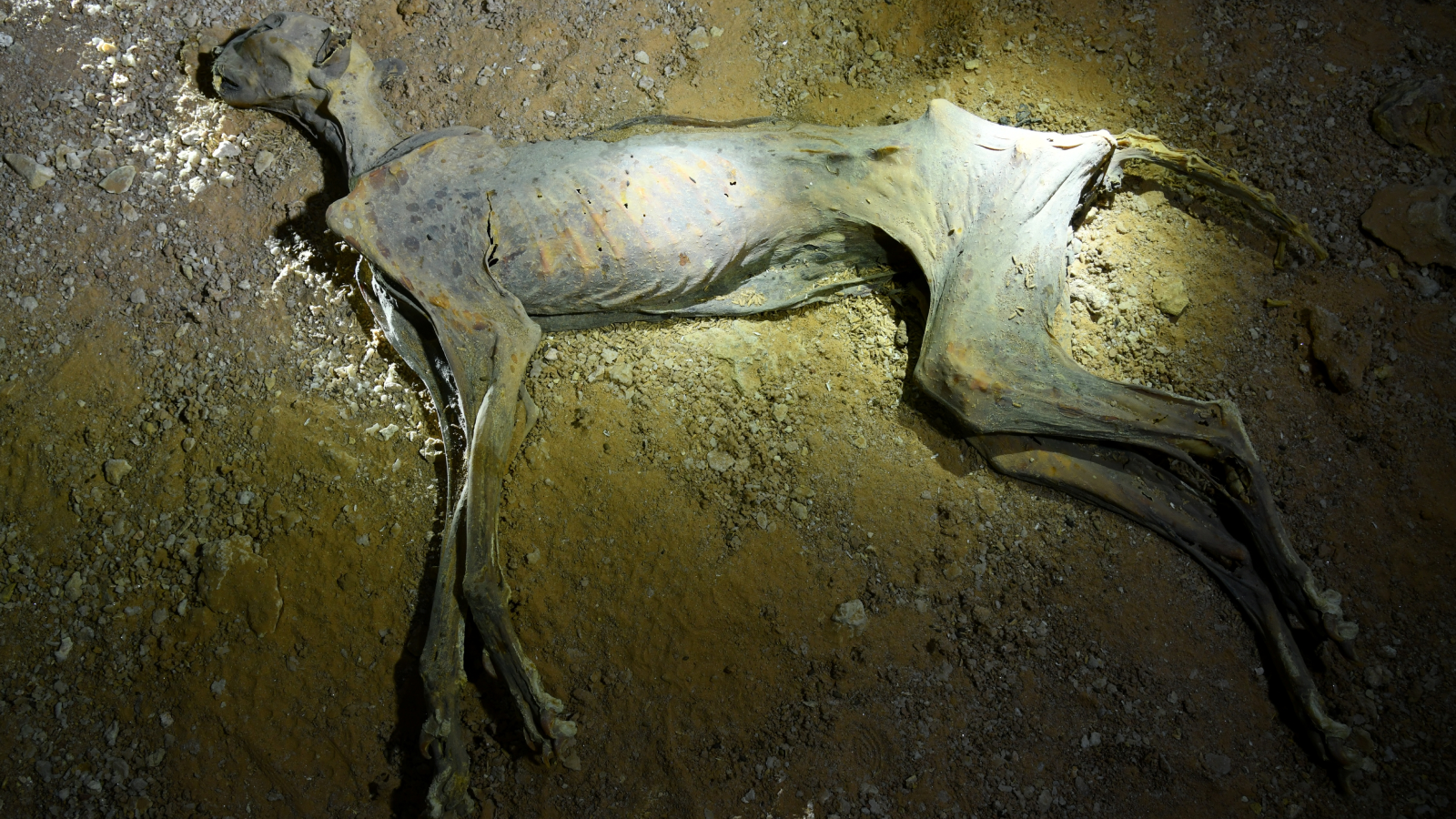How Smarter Cars Could Power the Future

Editor's Note: Each Wednesday LiveScience examines the viability of emerging energy technologies — the power of the future.
Stopping, starting and accelerating your car or SUV can burn unnecessary amounts of fuel while driving. To combat this known challenge, two new technologies have recently come out to provide a greener driving experience.
Nissan's Eco Pedal pushes back on a driver's lead foot, while Audi's Travolution tells a driver how fast to go to make the next green light.
"They are definitely part of a growing trend and are also definitely a good idea — in the category of 'every little bit helps,'" said Mike Millikin, editor of the Green Car Congress, a Web site covering sustainable transportation options.
Several efforts, such as the consumer-based hypermiling movement and the Ford Motor Company's EcoDriving Tips, aim to encourage more efficient driving behavior, such as accelerating smoothly and braking gradually."
The next step is to put technology in the car to make it easier for consumers to eco-drive, Millikin told LiveScience. "Although the benefits of eco-driving, if realized, will by default happen through mass adoption by drivers of cars that don't have the spiffy indicators," he said.
Eco Pedal
Get the world’s most fascinating discoveries delivered straight to your inbox.
Nissan introduced the Eco Pedal last month as a way to actively optimize driving behavior. When the system detects that the driver is pressing too hard on the gas, the pedal pushes back on the foot to inform the driver that they are over-accelerating.
By reducing aggressive driving, the Eco Pedal can improve fuel efficiency by 5 to 10 percent, according to Nissan research. Commercialization of the product will begin in 2009.
It remains to be seen whether drivers will appreciate an "electronic nanny" that tries to alter their driving style. Judging from the Internet response, many consumers are hesitant to give this much control of their vehicle to a computer.
For these people, the Eco Pedal comes with an off-switch.
Travolution
A second kind of "dummy light" technology aims to discourage those who speed all the way up to a red light.
For the past two years, Audi has been testing their traffic control system, Travolution, in the German city of Ingolstadt.
The pilot project incorporates 46 traffic lights that are optimized to increase traffic flow. Three of these lights also beam out a signal that tells when they will turn green. Specially-equipped cars take this signal and compute a speed that the driver should maintain to avoid having to stop at the traffic light.
As of now, there are only two cars using Travolution, but Audi plans to extend the program by 20 additional cars and 50 more traffic lights.
Changing drivers
As these technologies are designed to demonstrate, fuel efficiency is not only about buying hybrids or designing less power-hungry vehicles. It is also about making drivers more conscientious.
Millikin said that Japan has made it clear that in order to reduce fuel consumption and the associated greenhouse gas emission, there need to be improvements in three areas: vehicle/fuel technology, driving behavior and traffic infrastructure.
"In the U.S., we're beginning to frame the problem publicly in that way," he said.
 Live Science Plus
Live Science Plus






